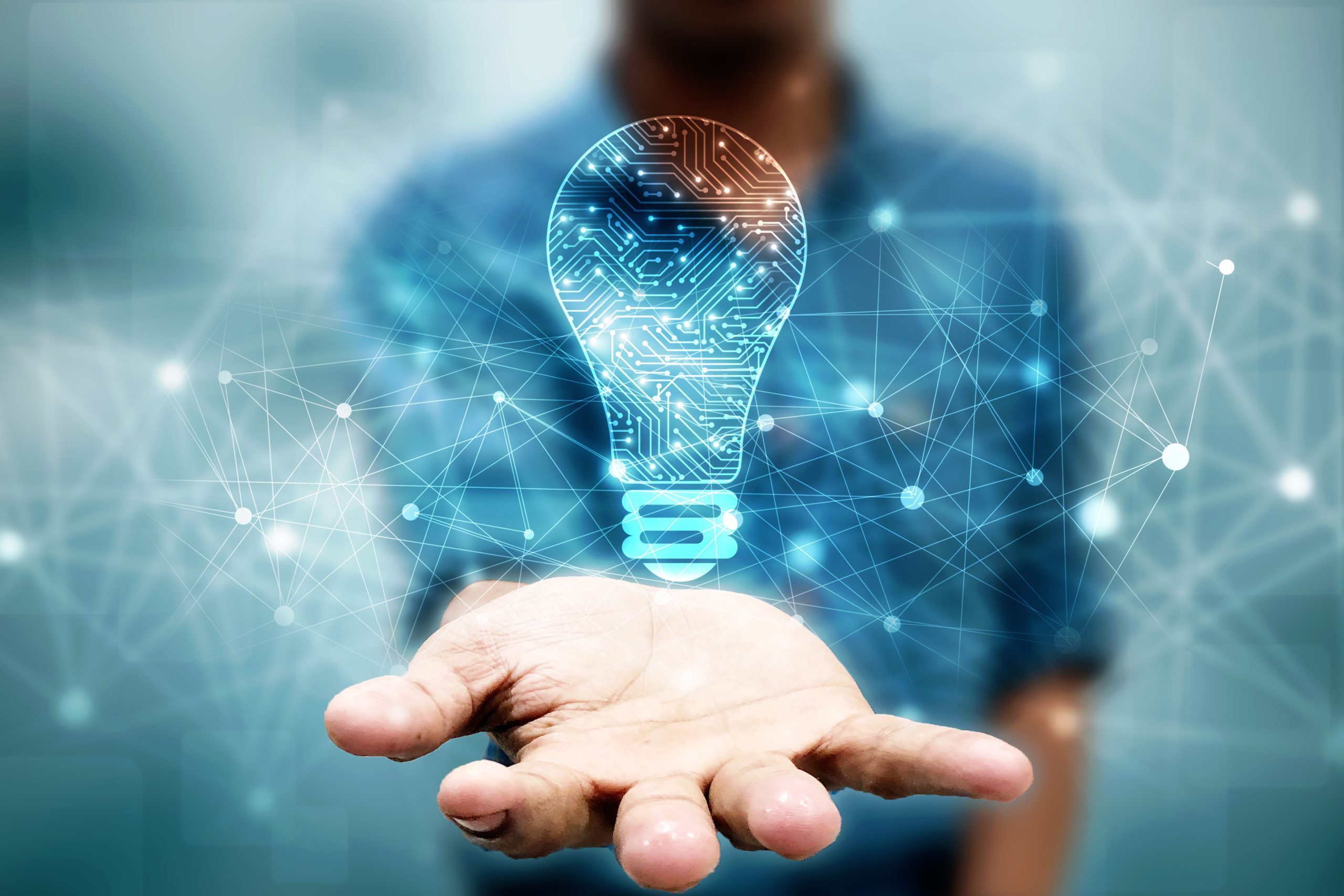Introduction: The Future of Work is Here
The workplace has undergone a radical transformation in recent years, largely driven by new innovations that are reshaping how we think about work. These new innovations are not only changing the tools we use but also how, where, and when we work. From remote collaboration technologies to AI-powered productivity tools, the modern work environment is evolving at a pace never seen before. Understanding these new innovations is essential for individuals and organizations striving to stay competitive and relevant in today’s economy.
Remote Work and Collaboration Tools
One of the most visible examples of new innovations impacting work is the rise of remote work technologies. The global shift toward remote and hybrid work models was accelerated by recent events, but it is new innovations in communication platforms, project management software, and cloud computing that have made this possible. These technologies enable teams to collaborate seamlessly across time zones and geographic boundaries. The way we think about the traditional office is changing, with many companies adopting flexible work policies enabled by these new innovations.
Artificial Intelligence and Automation
Another game-changer among the new innovations is artificial intelligence (AI) and automation. AI tools are now capable of handling routine tasks such as scheduling, data analysis, and customer service, freeing employees to focus on more strategic and creative work. Automation is also streamlining complex workflows, reducing errors, and improving efficiency. These new innovations are redefining job roles and creating new opportunities for upskilling and reskilling workers in many industries.
Enhancing Productivity and Employee Experience
New innovations are not only improving how work gets done but also enhancing the overall employee experience. For instance, wellness apps, virtual reality training, and personalized learning platforms are becoming common workplace tools. These innovations help employees stay healthy, engaged, and continuously learning. The traditional one-size-fits-all approach to employee development is giving way to customized solutions powered by new innovations in data analytics and behavioral science.
Changing Organizational Structures
The impact of new innovations goes beyond technology; it extends to how organizations themselves are structured and managed. Agile methodologies, decentralized decision-making, and flat organizational hierarchies are being supported by new innovations in communication and workflow software. These changes promote faster decision-making and greater employee empowerment. As a result, companies are becoming more adaptive and responsive to changing market conditions.
Challenges and Opportunities
While new innovations offer many benefits, they also bring challenges. The rapid pace of change requires ongoing learning and adaptability from the workforce. Privacy concerns, cybersecurity risks, and the digital divide are some of the issues that organizations must address as they integrate these innovations. However, by embracing new innovations thoughtfully, companies can turn these challenges into opportunities for growth and differentiation.
Conclusion: Embracing the New Work Paradigm
The workplace will continue to evolve as new innovations emerge and mature. Those who recognize the potential of these innovations and adapt accordingly will be best positioned for success. The way we think about work is no longer confined to a physical space or fixed hours; it is becoming more fluid, dynamic, and technology-driven. By understanding and leveraging the power of new innovations, businesses and employees alike can thrive in this exciting new era.








Leave a Reply